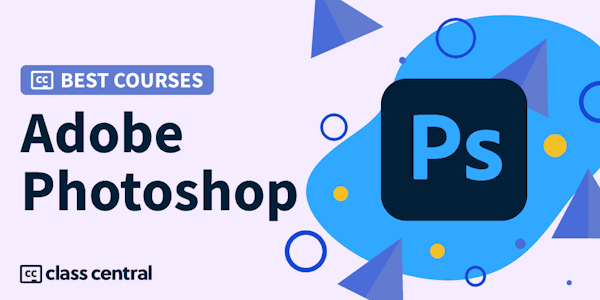Overview
Syllabus
Amy Sundin : Hello, everyone. Amy here at school of motion. Welcome to the final lesson in our cell animation and Photoshop series. This time we'll be working with the animation that Rich Nosworthy and he made for us. We'll actually be learning the ancient art of roto scoping to get those octopus legs moving. I will be the first to admit that roto scoping is not the most fun thing on earth to do, but it can save you from a ton of trial and error, animating complex movement by hand, like waving tentacles. We'll also get into some finishing and compositing details and after effects to really bring this animation together, make sure you sign up for a free student account. If you want to grab the footage that Rich made for us to use in this lesson, one last shout out to walk them for their support and for making this antique, you can do cell animation without it, but it's so much nicer with one.
Amy Sundin : We've got a lot of work to do so let's get started. Welcome to lesson five, everyone. First, we're going to cover something that we didn't get to in the last lesson importing footage to animate over in Photoshop. Some of you may have figured this out on your own, but we'll take a quick moment now to formally go over it. So we're going to go up here. We have the timeline panel already opened. We're going to click new documents seam, and that's going to create a new 1920 by 10 80 comp brings up our timeline frame rate, which will set to 24 frames per second and hit, okay. Now the next thing we want to do is we're going to delete this initial layer that it made for us. And we're going to come up here to this little film strip, and this is where we're going to import our footage.
Amy Sundin : So we're going to go to ad media and navigate to where our footage is. All right, so now we have our proxy footage imported into Photoshop and you see that it plays back just fine. We're at our full 24 frames per second. Now, the reason that we have to bring this in at a full 1920 by 10 80 is because if you try and transform this, uh, there's a chance that Photoshop will crash. You're going to want to repeat this process to bring in your clean plate, which is the footage that doesn't have the proxy on it. The clean plate is going to be used to give us a good idea of what our final animation will look like. Let's take one more quick. Look at that animation that I did over this footage that Rich Nosworthy gave us. You see, we've got that splash going out in front of those tentacles.
Amy Sundin : The way that I approached this animation was I did all of the line work for the splash and got that looking good first. And then I came in and did some roto scoping on those tentacles. So what is roto scoping? The short answer is that it's tracing over footage and as much work and TDM as it can be. It's also a major time saver. So let's check out high approach the roto scoping process in this animation. So let's get started with that roto scoping now. Okay. So now that we're ready to add our color layers, first thing we need to do is figure out which leg that is because back and our style frame, you notice that this leg is slightly darker. So I'm actually going to color, pick that color really quick and I'll come over here. And if you'd look that back leg is the first one that gets revealed.
Amy Sundin : So we are going to start off with that darker color. The other thing we want to do is we want to figure out exactly where that water starts to come in. So the water starts coming in on this frame. So this is where we're going to want to start our actual animation of this technical coming in. Now there's no untenable revealed yet, so we can go forward two frames. And this is the frame we're going to start on. So let's add our new video group and extend that by one frame here, we're going to be tracing over each of these Octo legs here on two frame exposures. And we're just going to stay on twos the whole time. Now, the other thing I want to mention really quick before we start drawing, is that, see where this water overlaps really what I want to draw on.
Taught by
School of Motion

